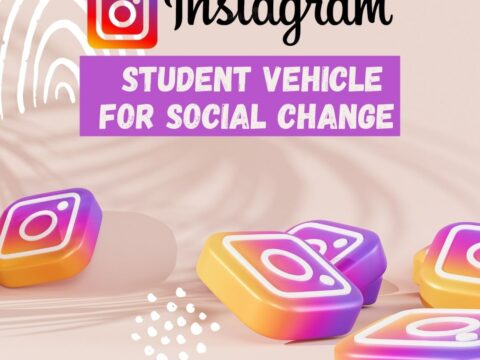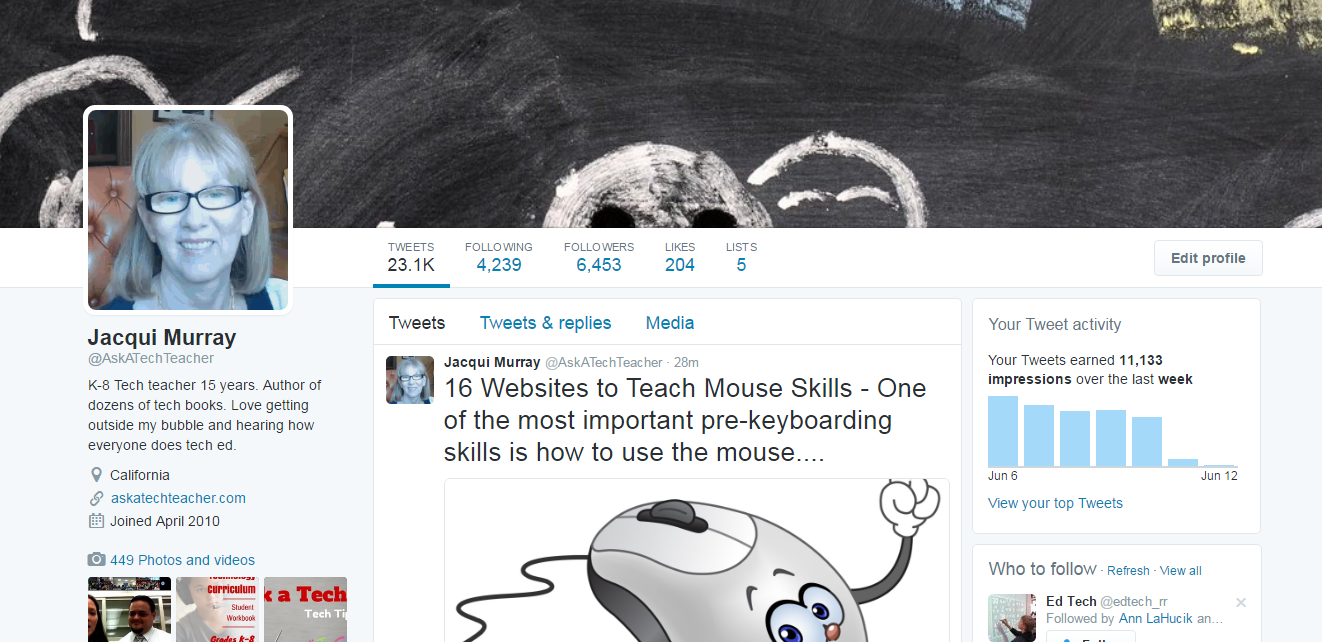Have you heard of the wildly-popular Netflix series, 13 Reasons Why, dramatizing a teenager’s thirteen reasons for committing suicide? Though it warns watchers about what can cause teens to take their lives, to everyone’s surprise, suicides in that age group went up by 30% in the immediate months following the release.
No one knows why a movie dramatizing teen suicide increased them but it did shine a bright light on the problem of teenagers, gossip, culture, and ultimately social media. Here are two statistics that may shock you:
95% of teens have access to a smartphone
45% of teens say they are online “almost constantly”
Do they have time for anything else? And what are they doing with all that time?
I can’t help with the first question but the second one, I know. I dug into the research — anecdotal and statistical — to find out which social media platforms have so engrossed teens that they barely want to sleep, eat, or watch TV (too much TV — now there’s a quaint problem). Why the mix of anecdotal and statistics? Because teen interests change on a whim. What was hot (like Facebook and Twitter) one year is no more. As a result, I used quantitative data balanced against anecdotal experience.
Let me start by confirming: Yes, the news that kids are no longer in love with Facebook seems to be true. They still use it but precipitously less each year and the number of teen users is behind many other popular social media platforms (like YouTube, Instagram, and Snapchat). Kids have their own methods of chatting, staying up to date, and sharing media with friends, ones that their parents didn’t introduce them to.
Before I share what’s trending among teens, I need to remind readers that most require users to be 13+ to create an account (that’s High School age). But no one verifies that nor does it prevent adults from signing up and then turning access over to the child. It’s the honor system, which works or doesn’t.
Here are the top social media trends kids now use in alphabetic order:
GroupMe
Run by Skype, GroupMe is an iOS app that allows for large group chats. It’s simple to use, a quick download, and makes it easy for lots of people to be involved in one chat. Users can enter any chat and leave whenever they wish and there is no administrator responsible for adding or deleting names. Unlike Snapchat, the message stream is permanent so what is said is saved on the Internet for eternity.
What I don’t like: I’ll be honest — I’ve never used this one. If you have, what didn’t you like about it?
Instagram is a picture-themed app that lets users snap, edit, and share photos and fifteen-second videos with subscribers to their account, all from their smart phone or tablet. They can be public (which is the default) or private and visitors can comment or like. As with most social media, kids are validated by the number of these they get. Instagram also — like Twitter — has private messaging called Instagram Direct but this is limited to a small number of mutual friends. You can view Instagram on computers but posting is more difficult outside of the app (though there is a great workaround I found on Forbes).
What I don’t like: Once you have an account, it doesn’t limit your access to content.
Kik
Kik is a free texting app with no message limits. The messages are hidden within the app making it difficult for others (code for “parents”) to find. Kids can create drawings, send greeting cards, and share video.
What I don’t like: Kik includes ads and in-app purchases. More worrisome is the ease with which strangers can contact Kik members with unsolicited messages, porn, cyberbullying, and more.
Snapchat
Snapchat is a private messaging app available in iOS and Android. It is known for photos, short videos, and other Internet-based content (like memes). There are no email-based logins, no character limits, and content can easily be shared. Core to its popularity is that posted messages disappear about ten seconds after posting — before they can be discovered by adults, which encourages teens to interact more frequently, safe in the knowledge that whatever they say or send will quickly go away.
What I don’t like: While sent photos do disappear, the recipient can grab a screenshot or take a picture of it and share it that way. Plus, recent stories indicate that Snapchat messages don’t really disappear from the company’s servers. That makes it one more privacy concern for underage kids.
TikTok
TikTok is an iOS and Android app for creating and sharing short videos (between three and fifteen seconds). New accounts are by default public, meaning anyone can contact the subscriber, see their videos, and have access to their location information. This can be changed to private from the settings. Originally launched in China, it became the most downloaded US app for part of 2018.
What I don’t like: Sometimes free is too expensive. In this case, there are insufficient filters for teenage viewers. Some of the content they may see could be sexual in nature, swearing, or just creepy comments.
WhatsApp is a free app that allows users to send text messages, audio, videos, and photos to one or many people with no message limits. Unlike most social media platforms, WhatsApp requires users to be 16+ though there aren’t any checks to be sure new accounts are of the correct age. WhatsApp is compatible with Android phones, iPhones, and Mac and Windows computers.
What I don’t like: Once you sign up, WhatsApp automatically connects you to all the people in your address book who also are using WhatsApp. It then encourages you to add friends who haven’t signed up yet.
YouTube
YouTube is the grandfather of all video-sharing apps making it easy and free for users to share videos they create with a personal group or the public. Users can edit and tag videos, and well as embed the finished product in blogs, websites, and anything else that takes the embed HTML code. Users can also livestream events, a segment of videography that has grown exponentially in the past few years. Teens and tweens love YouTube. Their visits have almost doubled in the past three years. In fact, in 2018, YouTube became the most popular social app among American teens 13- to 18-years-old.
What I don’t like: YouTube will add its own ads to videos which you may or may not like. Plus, to view a YT video on the site is to open yourself up to constant distractions from the sidebar streams and the lead-in -out pieces. But it’s free so most people probably expect that.
***
I know, I’ve avoided the whole issue of whether or not teens should be on social media. Leave me a comment if you’d like me to dig into that for a future article.
More on social media
What’s all the buzz about Messenger Kids?
How to Teach Social Media Safety
10 Ways to Use Twitter in Class
Jacqui Murray has been teaching K-18 technology for 30 years. She is the editor/author of over a hundred tech ed resources including a K-12 technology curriculum, K-8 keyboard curriculum, K-8 Digital Citizenship curriculum. She is an adjunct professor in tech ed, Master Teacher, webmaster for four blogs, an Amazon Vine Voice, CSTA presentation reviewer, freelance journalist on tech ed topics, contributor to NEA Today, and author of the tech thrillers, To Hunt a Sub and Twenty-four Days. You can find her resources at Structured Learning.




































